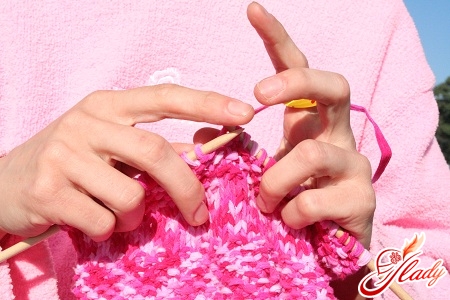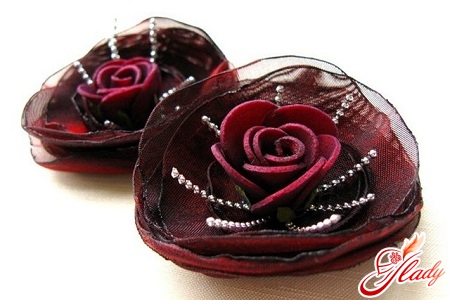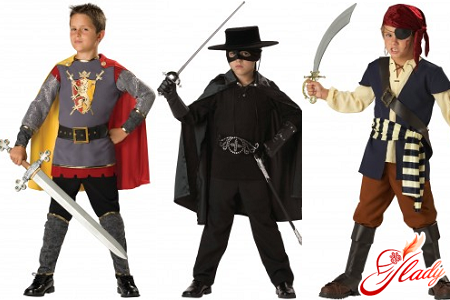 It is never a bad idea to start learning a new craft.It's never too late and never too early. And if you consider yourself a beginner knitter, then you are a creative and inquisitive person. Crocheting and knitting are not just an exciting activity, but also a very useful hobby. Having mastered the art of crocheting, you can literally dress yourself and all your household members (even four-legged ones) from head to toe. And, as you know, you need to start with something simple. For example, with knitting in a circle. This is one of the simplest and most accessible ways of crocheting for beginners. What can be knitted this way? These are all kinds of openwork napkins and rugs, caps, hats and berets, elements for fabric made using the freeform technique (however, this is no longer for beginners, but for experienced craftswomen). We will try to knit a simple beret - a useful thing and a good "trainer" for beginner needlewomen.
It is never a bad idea to start learning a new craft.It's never too late and never too early. And if you consider yourself a beginner knitter, then you are a creative and inquisitive person. Crocheting and knitting are not just an exciting activity, but also a very useful hobby. Having mastered the art of crocheting, you can literally dress yourself and all your household members (even four-legged ones) from head to toe. And, as you know, you need to start with something simple. For example, with knitting in a circle. This is one of the simplest and most accessible ways of crocheting for beginners. What can be knitted this way? These are all kinds of openwork napkins and rugs, caps, hats and berets, elements for fabric made using the freeform technique (however, this is no longer for beginners, but for experienced craftswomen). We will try to knit a simple beret - a useful thing and a good "trainer" for beginner needlewomen.
Materials and equipment
To knit a beret you will need yarn anda hook of the appropriate size for the thickness of the yarn. The quality of the yarn depends on the purpose of your headdress: for a warm option, you will need wool or semi-wool threads, for a summer hat, it is better to use cotton or silk yarn. The hook should be selected based on the thickness of the yarn: the thread itself should be one and a half to two times thicker than the hook, or more precisely, the recess (notch) of its working part. To get a denser knit, you need to take a smaller hook, and if you want to get a loose fabric, then take a hook one size larger than recommended. By the way, the required hook size and knitting needle number are usually indicated on the packages of knitting yarn. In the process of knitting a beret, you will have to use the basic (basic) crochet techniques: air loops and columns:

Knitting beret
We start knitting the beret from the crown (middle)knitting). To do this, we collect five or six air loops and close them into a ring. Then we tightly tie the ring in a circle with single crochets (we knit as many columns as will fit in the ring). After this, we continue knitting the beret in a spiral, knitting two columns from each loop at an interval of one loop.
- Note! If you knit beret from thin threads, then you can do more sticks, and when knitting from thick threads, reduce the number of columns.
Knitting the third row is similar to the executionprevious: from every second loop we knit two single crochets. All the following rows (starting from the fourth) we knit less often, but we make sure that the circle remains flat and its edges do not curl. To do this, we regulate the number of columns knitted from one loop, making the increase less often or, conversely, adding columns.
- Note! To take turns turned out beautiful and neat, in each row you need to add as many stakes-loops, how many were tied in the previous one. And it is also necessary to maintain an equal distance between the columns of one row.
Having knitted the crown of the required diameter, knitseveral rows without adding loops so that the circle begins to curl and become convex. The number of rows depends on the thickness of the yarn - the thicker the thread, the fewer rows you need to knit. After that, continue knitting, decreasing loops (similar to adding). Knit several rows in this way, just make sure that the columns of adjacent rows are staggered. The final stage of knitting is reducing the number of columns in each row to the desired height of the beret. The more intensively the number of columns is reduced in each subsequent row, the flatter the beret will be. And at the end of the work, you need to knit several even dense rows without adding or decreasing loops to get the edging of the beret. And how to decorate your new creation depends on your imagination and your skill. The classic version of decoration is a crocheted flower. But you can also use ribbons, beads and other decorative elements. Or you can leave everything as is, especially if the beret is knitted from bright, colorful or textured yarn. With due diligence, such a beret can be knitted in one evening (especially if the threads are thick). So take a hook, threads and get started. It is never too late to learn and it is always useful. And knitting such a simple beret is the most suitable activity for beginners to master the technique of crocheting. Good luck! We recommend reading:









